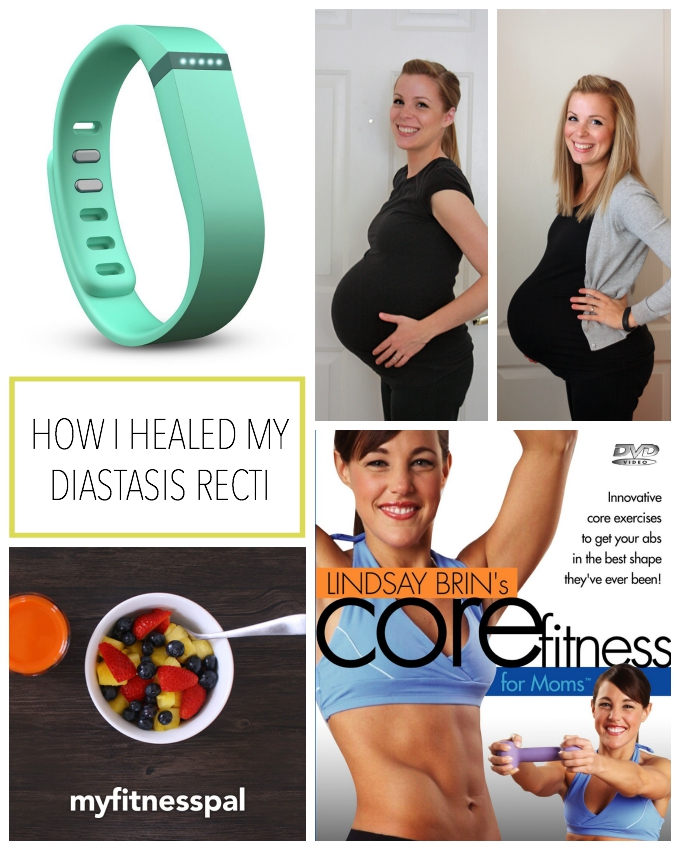As practical core and also pelvic floor specialists, we obtain a great deal of inquiries regarding what exercise is safe to do and also what requires to be stayed clear of when you are suffering from diastasis recti. Running questions are by far the most common inquiries we obtain. Joggers really do not intend to have to stop running. The reality is that the majority of forms of fitness can be Belly Safe with the right foundational core stamina and alignment training. Second, there are some females that have great core function who can do some variation of slabs without risk for diastasis or other core dysfunction.
What exercises not to do with Diastasis Recti?

If you are dealing with diastasis recti, you should avoid doing exercises that can make the separation worse, such as crunches, planks, and twists. Jumping out of bed is also a no-no (always roll to the side first), as is any movement that causes a visible coning, or doming, in your ab muscles.
Nevertheless, that doesn't always imply you have diastasis recti. It could show a weak transverse abdominis or weak core. Keeping that lots of risk aspects, it's very easy to see why 30 to 60% of expectant females and also postpartum ladies experience this abdominal splitting up. Wearing this assistance band while expectant can also assist if you have unhealed abdominal separation from a previous how to help diastasis recti maternity.
How can I fix Diastasis Recti naturally?
Think of tightening those muscles and lifting them up towards your belly button. Exercises to avoid until your core is strong enough and the 2-3 finger-width separation of your abs have improved: Front planks. Pushups in a plank position or on your knees.
What Healing For Diastasis Recti Looks Like.
What exercises fix Diastasis Recti?
9 Diastasis Recti Workouts 1. Umbrella Breathing with Kegel.
2. Pelvic Tilts on Hands and Knees.
3. Kneeling Leg and Arm Extension with Knee Tap.
4. Toe Taps Lying on Back.
5. Single Leg Reach Lying on Back.

6. Leg Extension with Weights.
7. Double Leg Extension.
8. C-Curving.
More items•
- Repetitive C-sectionsDuring the procedure, the recti muscular tissues are moved.
- One of the most obvious sign is a postpartum pooch around your abdominal muscle muscular tissues.
- However, that does not constantly suggest you have diastasis recti.
- During healing the mark cells can cause attachments to the abdominals, pelvic floor and bordering muscles.
If so, keep reviewing to find out which exercises you ought to miss-- as well as which ones can aid recover that abdominal splitting up. If you wish to squash out a rounded postpartum stomach, it stands to reason that you should strike the fitness center for a relentless routine of crunches, right? An abdominal condition called diastasis recti could be the cause of that rounded-- even still pregnant-looking-- abdominal area months or years http://caidenesdy251.iamarrows.com/diastasis-recti-in-men-and-women after giving birth.
What exercises not to do with Diastasis Recti?
If you are dealing with diastasis recti, you should avoid doing exercises that can make the separation worse, such as crunches, planks, and twists. Jumping out of bed is also a no-no (always roll to the side first), as is any movement that causes a visible coning, or doming, in your ab muscles.
The typical "swayback" appearance of pregnancy is due to the extra weight being carried before the body in mix with the stretching and also weakening of key core muscular tissues that support the spine. Diastasis Recti Abdominis is commonly seen in ladies how to heal diastasis recti who have several pregnancies creating duplicated extending of the muscular tissues. Added skin and also soft tissue in the front of the abdominal wall surface might be the only indications of this condition in very early maternity. Diastasis Recti Abdominis generally shows up in the second trimester. Its incidence comes to a head in the 3rd trimester as well as stays high in the instant postpartum period.
Your rectus abdominal muscles, which hold in your internal organs, leave your abdomen from your sternum to your pubic bone in 2 parallel bands. These muscular tissue bands are connected by a little bit of connective cells between called the linea alba. This connective tissue is where the splitting up happens.